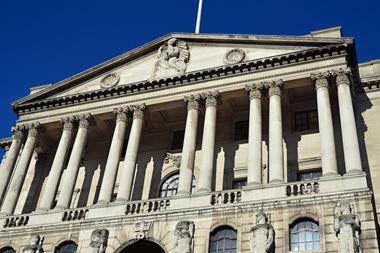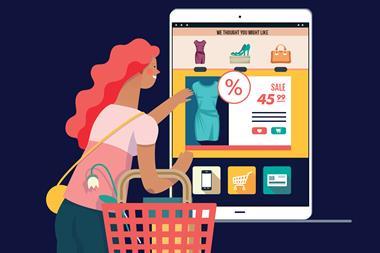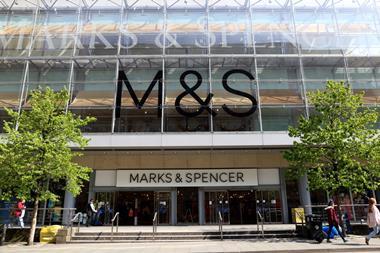Increases in the cost of both clothing and food prices pushed the UK inflation rate to higher-than-expected levels last month.
The UK’s inflation rate, tracking goods and services prices, tipped 0.7% for the month of October and 0.5% in September, according to the latest figures from the Office for National Statistics.
One of the big inflationary drivers according to the ONS was prices for clothing and footwear. Traditionally prices would drop due to summer sales in these categories between June and July, before being ramped up towards the end of the year, said the ONS.
However, due to the onset of the crisis in March, many fashion items were discounted in the spring, before prices recovered slightly during the summer as the first lockdown eased.
The ONS statistics showed that inflation in food prices was primarily driven by an increase in the cost of fresh fruit and vegetables. There was also a decrease during the first lockdown as supermarkets slashed promotional activity and many customers sought to bulk-buy essential items.
City economists said they expected to see food inflation continue to rise in November as demand increases due to the second lockdown and the run up to Christmas.
ONS deputy statistician Jonathan Athow said: “The rate of inflation increased slightly as clothing prices grew, returning to their normal seasonal pattern after the disruption this year.”
The data showed that second-hand cars and computer games also saw an increase in price, but these were partially offset by a fall in the cost of energy bills and holidays.


























No comments yet